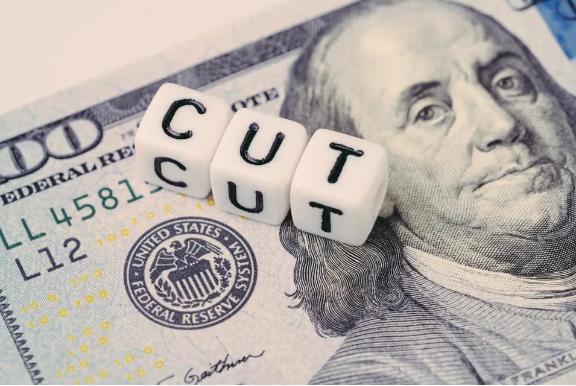
The Fed plans to start its rate-cutting cycle on Sept. 18 to counter the potential risks of an economic slowdown. However, the analysis points out that if the Fed had initiated the rate cut at the July meeting of the Federal Open Market Committee (FOMC), the effect could have been more significant. The expected rate cut is accompanied by uncertainty about the end point of interest rates, the path of rate cuts, the economic impact and international spillovers. This uncertainty can catch bond investors off guard, especially if liquidity conditions do not ease significantly.
First, while the US economy has grown more than many expected, the potential for this "economic exceptionalism" must be weighed against the increasing pressures on low-income households. Many households have exhausted their savings during the pandemic and have taken on more debt, including high credit card bills. It is unclear whether this economic weakness will remain concentrated in the lower income brackets or spread upward. In addition, the "exceptionalism" of the US economy is losing its role as a basis for economic analysis, and the policy framework of the US economy is losing its stability.
Second, the "Washington Consensus" on economic policy has always advocated deregulation, fiscal prudence, and liberalization. Today, however, this consensus has been replaced by industrial policy expansion, persistent fiscal imbalances, and the weaponization of trade tariffs and investment sanctions. In the international sphere, the close integration of goods, technology and finance is gradually being replaced by a process of fragmentation as part of the restructuring of the global economy. At the same time, the traditional pillar of analysis, the Fed's forward policy guidance, has been undermined by an excessive reliance on data. This over-dependence mentality began in 2021, when the Fed dismissed inflation as a temporary error, and trickled down to policymakers. Market consensus views thus oscillate like narrative ping-pong balls, exacerbating the discordance between central banks and markets over the impact of fundamental policies.
In addition, senior Fed officials stressed that the central bank's dual mandate of promoting price stability and full employment remains important. Recently, however, there has been a sharp shift in the market to view the Fed as a single-mandate central bank, with its focus shifting from fighting inflation to trying to mitigate Labour market slack. There is no agreement on how policymaking is influenced by risk mitigation factors in times of economic uncertainty.
Finally, there is disagreement about how and when the Fed will move from over-reliance on data to a more forward-looking view of policy. While these uncertainties are primarily related to the input of interest rate decisions, they will have a significant impact on three key areas: first, whether the final rate of policy and its path neither constrain nor stimulate the economy; The second is the extent to which rate cuts can translate into greater non-inflationary growth drivers; The third is how much impact the Fed's rate cut cycle will have on the global economic cycle, such as emerging markets.
Taken together, this complex analytical landscape is not fully reflected in the pricing of Fed policy expectations in the US fixed income market, which serves as the global benchmark. The government bond market is signaling high recession risk and expects the Fed to cut interest rates by 0.50 percentage point next week or soon after, with a cumulative 2 percentage point reduction over the next 12 months. Credit markets, however, are confident of a soft landing. The inconsistencies in the pricing of these assets could be addressed in an orderly manner with a significant further easing of financial conditions, including the introduction of off-exchange cash into the market. The power of the impact was reflected in data showing a slight monthly increase in core inflation, which led to a sharp 0.10 percentage point rise in the two-year Treasury yield. However, this "technical" effect cannot replace the restoration of economic growth and policy stability, because it is inherently destabilizing.

According to the foreign media The Verge, recently, Tesla CEO Elon Musk's goals in the field of fully autonomous driving (FSD) have once again fluctuated.
According to the foreign media The Verge, recently, Tesla C…
In early 2026, Greenland along the North Atlantic coast bec…
Recently, the century-old American high-end department stor…
Recently, the U.S. stock market has appeared turbulent amid…
Recently, the largest private equity firm in South Korea, M…
In early 2026, after the Trump administration detained Vene…